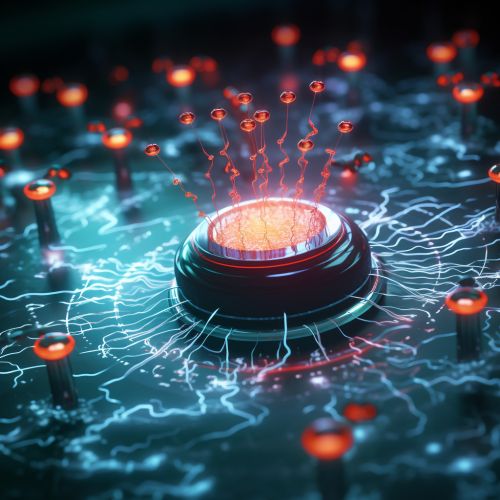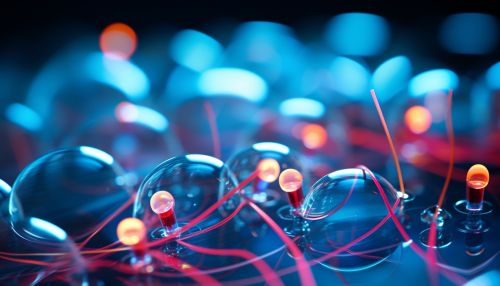Microbial electrocatalysis
Introduction
Microbial electrocatalysis refers to the process where microorganisms act as catalysts to facilitate electron transfer in electrochemical reactions. This field of study is a subset of bioelectrochemistry, which explores the interactions between biological systems and electric currents. Microbial electrocatalysis is a relatively new area of research that has gained significant attention due to its potential applications in energy production, waste treatment, and biosensing.
Microbial Electrocatalysis Process
Microorganisms involved in microbial electrocatalysis are often referred to as electroactive bacteria. These bacteria can exchange electrons directly with electrodes, without the need for mediators. The process involves the microorganisms oxidizing organic or inorganic substrates and transferring the resulting electrons to an electrode, which acts as an electron acceptor. This transfer of electrons can be harnessed to generate electricity in microbial fuel cells (MFCs).


Applications of Microbial Electrocatalysis
Microbial electrocatalysis has a wide range of potential applications, including in the fields of energy production, waste treatment, and biosensing.
Energy Production
In the context of energy production, microbial electrocatalysis is primarily used in the operation of microbial fuel cells. These devices use electroactive bacteria to convert chemical energy, often derived from organic waste, into electrical energy. This process is considered a form of renewable energy, as the fuel source can be continuously replenished.
Waste Treatment
Microbial electrocatalysis can also be used for waste treatment. In this application, electroactive bacteria are used to break down organic waste materials, such as those found in sewage or industrial waste. The process not only reduces the volume of waste, but also generates electricity as a byproduct.
Biosensing
Another application of microbial electrocatalysis is in the development of biosensors. These devices use electroactive bacteria to detect the presence of specific substances, such as pollutants or toxins, in a sample. The bacteria generate an electrical signal in response to the presence of the target substance, which can be measured and used to quantify the amount of the substance present.
Challenges and Future Directions
While microbial electrocatalysis holds great promise for a variety of applications, there are several challenges that need to be addressed. These include improving the efficiency of electron transfer, expanding the range of substrates that can be used, and scaling up the technology for industrial use. Despite these challenges, the field of microbial electrocatalysis continues to evolve, with ongoing research aimed at improving the understanding of the mechanisms involved and developing new applications.
